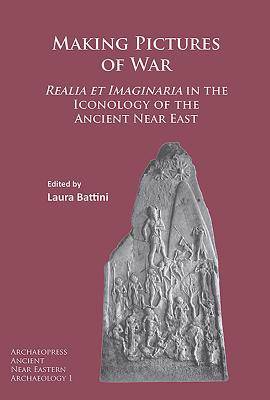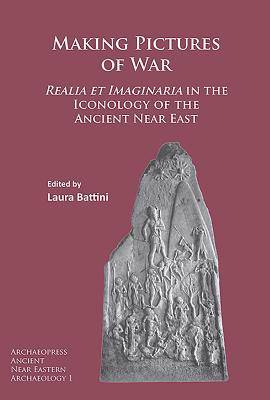
Je cadeautjes zeker op tijd in huis hebben voor de feestdagen? Kom langs in onze winkels en vind het perfecte geschenk!
- Afhalen na 1 uur in een winkel met voorraad
- Gratis thuislevering in België vanaf € 30
- Ruim aanbod met 7 miljoen producten
Je cadeautjes zeker op tijd in huis hebben voor de feestdagen? Kom langs in onze winkels en vind het perfecte geschenk!
- Afhalen na 1 uur in een winkel met voorraad
- Gratis thuislevering in België vanaf € 30
- Ruim aanbod met 7 miljoen producten
Zoeken
€ 32,45
+ 64 punten
Omschrijving
This book brings together the main discussions that took place at an international conference on the iconology of war in the ancient Near East, a subject never addressed at an international meeting before. The articles span the 3rd to the 1st millennium, with a special stress on the Neo-Assyrian period. They try to respond to many questions about representations of war: what is 'warrior' iconography and on what basis it can be defined? Did the war scenes follow a specific directory whereby they adopted the most varied forms? Can we determine the most usual conditions for the creation of pictures of wartime (such as periods of great change)? Were the war scenes referring to specific historical events or were they generic representations? What can a society accept from the representations of war? What did war images silence and why? What is a 'just' punishment for enemies and thus the 'just' representation of it? Who has control of the representation and therefore also the memory of war? Who is the real subject of war representations? What emerges from all the articles published here is the relevance of textual data in any analysis of iconological material. And this is not only true for iconology, but for all the archaeological material discovered at historical sites.
Specificaties
Betrokkenen
- Auteur(s):
- Uitgeverij:
Inhoud
- Aantal bladzijden:
- 106
- Taal:
- Engels
- Reeks:
Eigenschappen
- Productcode (EAN):
- 9781784914035
- Verschijningsdatum:
- 10/07/2016
- Uitvoering:
- Paperback
- Formaat:
- Trade paperback (VS)
- Afmetingen:
- 203 mm x 290 mm
- Gewicht:
- 566 g

Alleen bij Standaard Boekhandel
+ 64 punten op je klantenkaart van Standaard Boekhandel
Beoordelingen
We publiceren alleen reviews die voldoen aan de voorwaarden voor reviews. Bekijk onze voorwaarden voor reviews.









